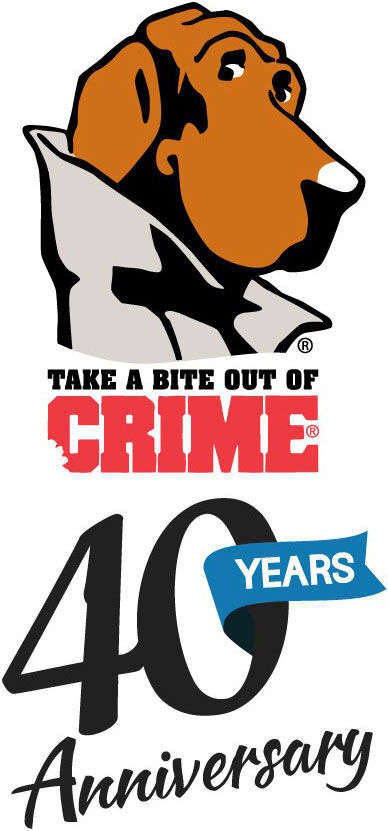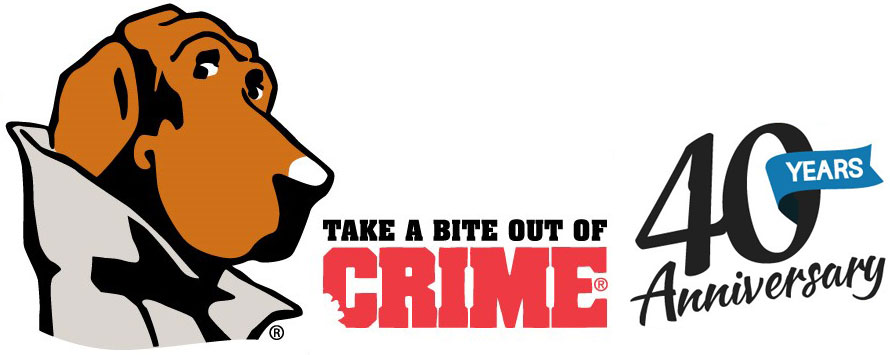Strategy
Community groups dedicated to involving youth, adults, and seniors work with residents, business owners, and city officials in advocating for parks and recreational spaces, designing open space areas, and working with environmentalists to clean up vacant lots and contaminated areas.
Community Problem Addressed
In the long term, economic advantage will accrue to communities that are able to guide growth through land conservation and other smart growth measures. Parks and open space create a better quality of life that attracts tax-paying businesses and residents to communities. Businesses are attracted by a location with an abundance of open space, nearby recreation, and pedestrian-friendly neighborhoods. Active community groups who are dedicated to environmental issues help the community by securing and maintaining open spaces in the community, cleaning up unattractive and potentially dangerous areas, and supporting policy that will keep the community clean. In describing the need for parkland and open space development, the Trust for Public Land states that “public open spaces are places where the seeds of sustainable communities take root – where people become neighbors and where cities become more livable.”
Key Components
A strong committee of dedicated residents, business owners, environmentalists, and city officials must be formed. This committee should organize neighborhood clean-up programs that involve as many residents as possible. Members can voice their concerns at meetings of the city council, involve state environmental agencies in their clean-up attempts, and lobby to secure parks and other open spaces in the community. The committee can organize fundraisers to leverage resources to pay for programs and enlist the help of youth.
Key Partnerships
Partnerships with city officials, state and local environmental agencies, and other community organizations can help the committee to publicize events, get media attention, and have a strong presence in the community. The school district can help by making environmental science part of the school curriculum.
Potential Obstacles
A lack of interest in environmental issues by community members can harm projects that the committee sets up. By having a variety of different projects that may interest different people and by publicizing the benefits of environmental clean-ups and maintaining open spaces, the committee can attract community members who are interested in bettering their city. Funding difficulties can be overcome by soliciting local businesses for supplies, by applying for state and federal grants, and by partnering with the city on issues that city departments’ expertise and equipment can be helpful.
Examples of Success and Results
In 1994, Chelsea, Massachusetts [population 31,434], announced plans to replace or rebuild all of its public schools. After a year-long debate on siting the new schools, the city announced that two of the schools should be located on two of the city’s largest and most heavily used public parks. To ensure state funding, the city had to commit itself to replace and improve the open spaces used for the school sites. At the urging of several area environmental organizations, the Chelsea Green Space and Recreation Committee was formed to ensure the fulfillment of this commitment.
The committee is a grassroots coalition of residents, local officials from Chelsea and Boston, state environmental officials, nonprofit agencies, and representatives from the private sector. Its mission is to protect and expand Chelsea’s open space and recreational and environmental resources. Through aggressive community organizing, it advocates improvement and expansion of parks, the establishment of a community schools program, elimination of environmental hazards association with petroleum and asphalt products, development of the city’s waterfront for recreational use, and the use of open space for community celebrations.
Over 5,000 community residents have joined the fight for open space and a clean environment, participating in a “sit-in” at the mayor’s office, tours of Chelsea Creek and other waterfront areas, and planning meetings with the city government. Most of the 35-member committee is drawn from neighborhoods near the proposed projects. Latch-key children in the community are recruited to help with neighborhood clean-ups and are hired during the summer months to participate in various projects the committee sponsors. This nonprofit committee is funded by private foundations, the state, and grants from the Environmental Protection Agency and the U.S. Department of Agriculture.


